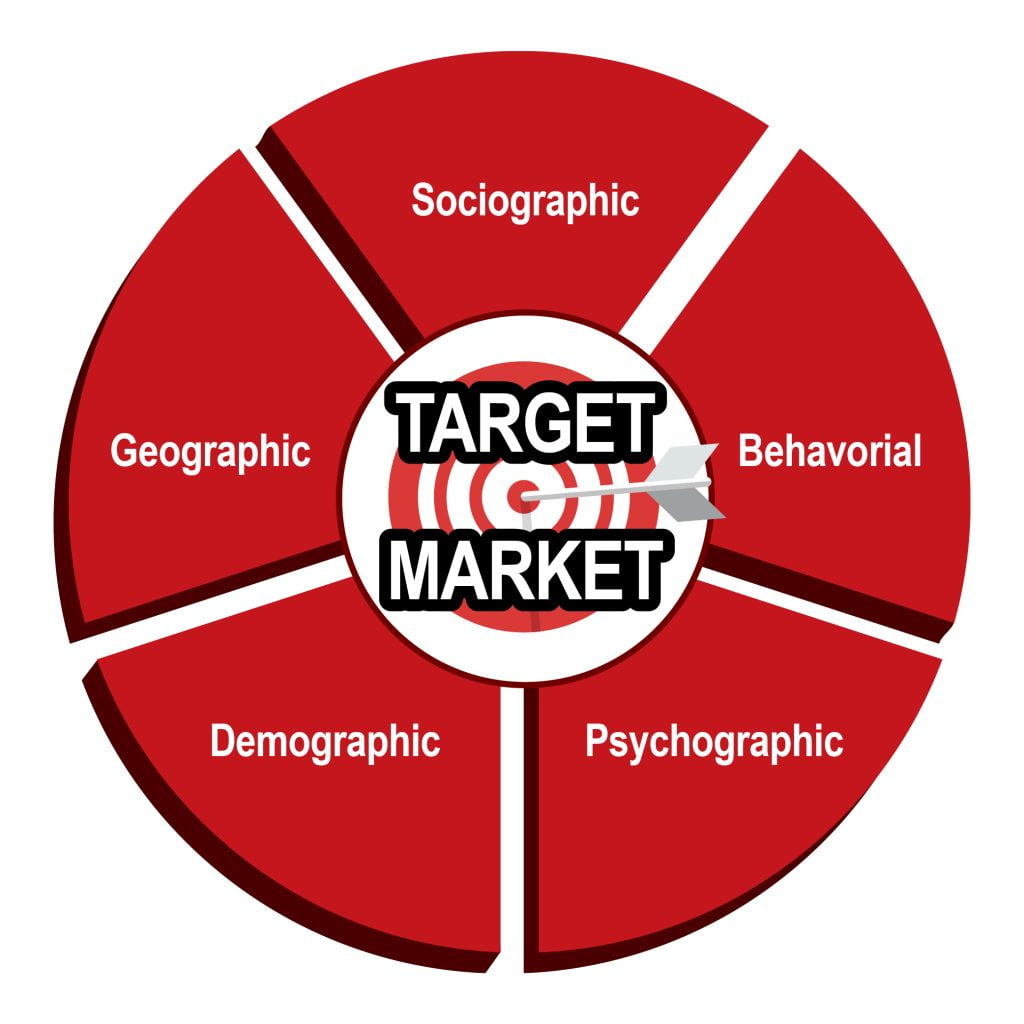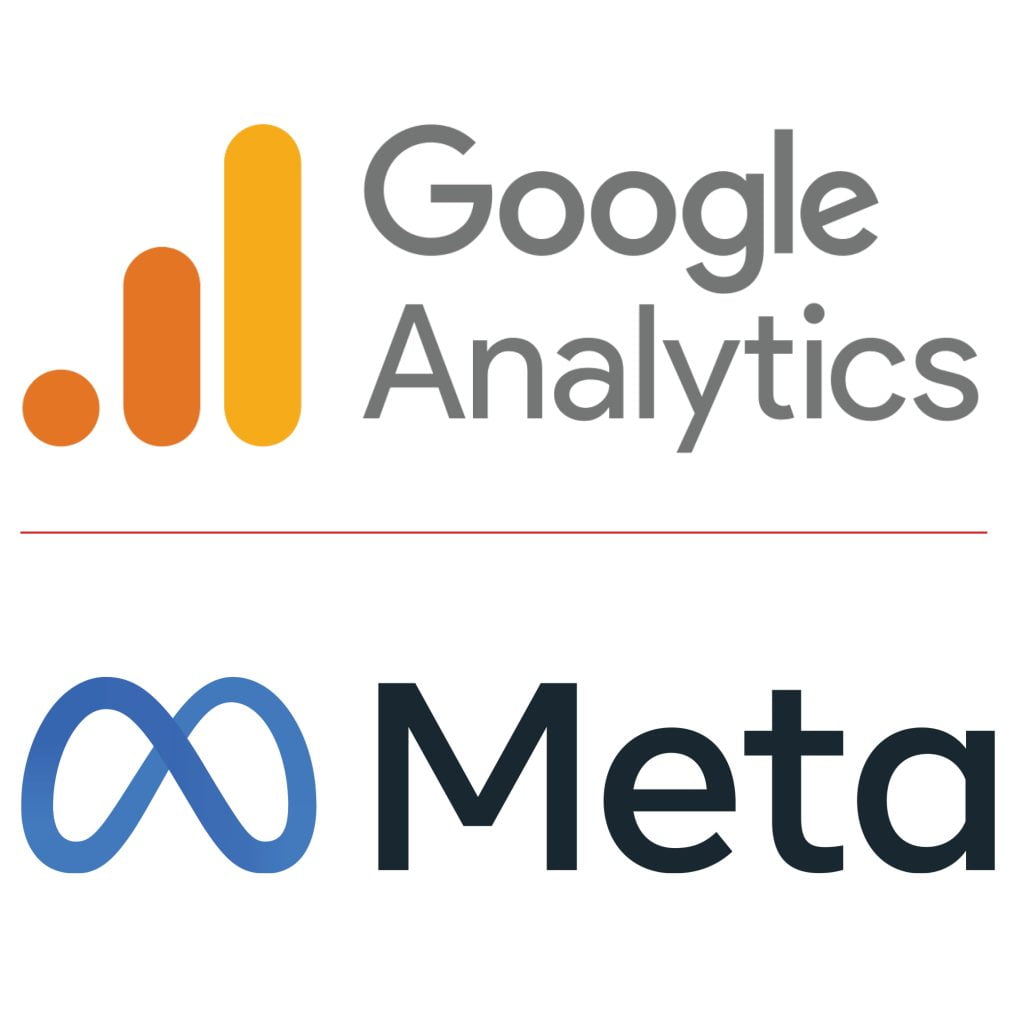
A significant question on the minds of many business owners is “what is a target audience?” and more specifically, “what is a target audience when it comes to marketing?” The most important thing to remember as a marketer is who your target audience is. Without a target audience, your work will never reach the intended viewers. A target audience is the specified set of consumers who your marketing message is meant to reach in order to gain a positive response. These are the people who will be most interested in your content and most likely to engage with your company. Understanding your target audience’s interests and needs, as well as how to appeal to them, is critical for success of your business, products and content.
Target Market

You may be familiar with the term target market, and are wondering what the difference is between a target audience and market. Simply put, a target market has an impact on all company decisions, whereas a target audience has an impact on marketing decisions specifically. The target audience is a segment of the target market that can be directly influenced by marketing messaging. In contrast to the big picture, it’s a narrower, more detailed perspective into consumers. As a marketer, this is an important distinction to remember because it saves time and resources rather than aiming to attract every customer. An example of a target market and target audience can be seen through New York by Rail’s email newsletters. The publication is focused on tourism in New York State, and the target audience are people, many of whom are living in New York City, that are most likely to take the train to travel across the state. The weekly New York by Rail email newsletter features content regarding attractions and things to do throughout the state, encouraging people to travel to these destinations with Amtrak.
What Makes a Target Audience?

Now let’s explore what makes a target audience. A target audience is comprised of certain age, location, spending patterns, interests and stages of life. According to Oberlo, “Often the target audience for a marketing message is the same group identified as the target market. However, marketers can hone in further on the target audience. For example, marketers may decide to use Instagram advertising to reach their target market.” If you know who you want to cater to, you can determine the best strategy to target your message to those customers. This can reveal whether it is better to utilize for example, Facebook or Instagram, as well as what types of accounts these people like to follow. The target audience reveals these details to you to provide a distinct marketing message.
Power in Marketing

Defining a target audience provides advantages to reaching the right customers. According to The Balance, “before you decide what your message is and how to deliver it, you need to understand who will be receiving it.” Picture a magnifying glass here. You’re using the magnifying glass to analyze who your consumer or audience is in order to reach your goals faster. Once your group is clearly defined by the magnifying glass, every aspect of a marketing campaign can be carefully tuned to appeal to their interests and emotions. Identifying this group helps you craft relevant content to your audience, which expands your business’ reach.
Key Steps to Follow

Determine the benefit that your organization offers. First find out what outcomes you provide to your customers. It is critical to respond to the following questions: What is the problem that you are seeking to solve? What type of need do you meet? And what desire do you fulfill? Answers to these questions will direct your efforts through the marketing process. On the topic of identifying your business’ benefits, Oberlo reveals that, “Once you’ve clearly identified the benefits of what you do, it should be fairly obvious who is most in need of your product or service.” In addition to discovering the benefits that your company provides, it’s important to make sure you stand out from other companies in your field. Really think about what sets your business apart from the rest and what your company can offer your audience. An example of standing out is the Discover Schenectady Destination Guide. There are so many destinations promoting tourism through destination guides, but the Travel Guide of the Future sets itself apart from the rest. In 2021, Discover Schenectady contracted Content Studio NY to develop their own destination guide, which has been highly successful in boosting tourism. Unlike other destination guides, the Discover Schenectady guide is much more focused on graphics, engaging content and illustrations rather than on overwhelming copy.

Look at analytics for trends and demographic information. Using existing social media, identify trends of who is engaging with your content by using Google Analytics or Meta Business. Market segmenting can help you find demographic information and key insights into who interacts with your brand or company. This helps you find the target market and then the key target audience you want to cater your marketing to. At Content Studio, we often use Google Analytics in order to assess our target demographics. Through Google Analytics, we’re able to see what kind of people are viewing our content, as well as how long they stay on the page. This has been a helpful way to meet our goals.
Fine-tune your target market. Once you have gathered information, it is time to go niche. Narrow down your market to the direct audience you want to adhere to. Evaluate their behaviors, interests and social media usage to tune your target audience into your marketing message.
Evaluate your target audience. Engage with the target audience to see if it is worthwhile to deliver to. This is done by testing out the target and seeing if their attention is sustainable over time. Using these steps, you may identify your target audience and tailor your marketing message to them.

